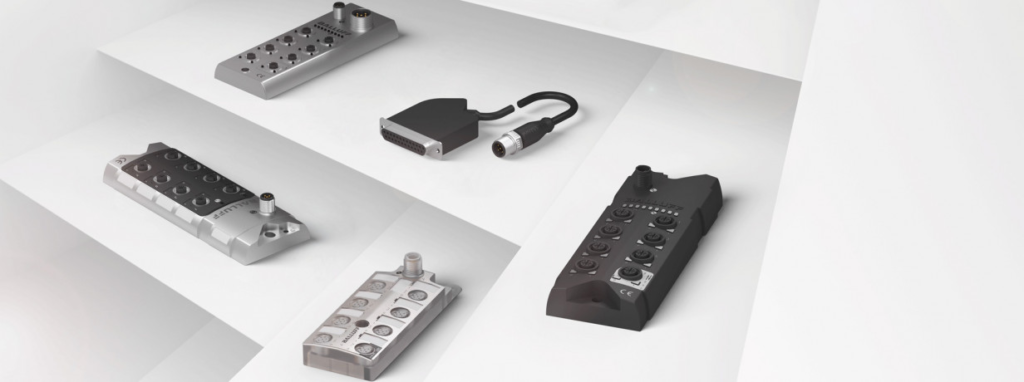Industry 4.0 and Hydraulics
Over the last ten years, Industry 4.0 has evolved from a general concept to a full-blown revolution. Starting with programmable logic controllers and robots in the 60s, Industrial Internet of Things (IIoT) now refers to an advanced networking of technologies – from sensors to drives – that all lead to process efficiencies.
In today’s environment, IIoT refers to the smart sensor technology that monitors components like temperature, pressure, flow, level, travel, and position within hydraulic cylinders. This data provides information regarding hydraulic processes in real time, which can be analyzed to improve operations.
Smart hydraulics are being used across industries to increase efficiency. It starts at the individual machine level and can be scaled up through entire systems, providing a detailed view of what’s going on with each component for maximum optimization.
The Benefits of Smart Hydraulics
- Increased Safety – feedback motion compensation can help compensate for movement that is caused by wave and wind conditions.
- Reduce Energy Usage – smart systems will help recover the energy that is released during the lifting and transferring of the loads.
- Predictive Maintenance – continuous data collection provides professionals with all the information they need to predict failure and act before disaster strikes.
- Maximize Efficiency – smart systems scale beyond typical procedures allow for data-based activity to occur remotely for expedited diagnostics.
How To Design A Smart System
Designing an Industry 4.0 system helps you predict and scale for your future. It’s essential that you consider all of the components when designing the right solution, though.
First, understanding all of the parameters of the system you need is essential to selecting the right components. You’ll need to understand what information you’re trying to collect and how you plan to use it once you have it. In some cases, less is more. It’s very easy to get bogged down in data when it’s so accessible, but information overload doesn’t help you make actionable decisions.
When it comes to designing a smart system, you also have to identify the most relevant applications for your IIoT solution. You’ll need to identify the right kind of sensor for the environment you’ll need to use it in. You’ll also want to ask yourself whether or not any additional protective measures are required. Testing is an essential part of implementing an IIoT solution successfully.
What To Do With The Data Once You Have It
The key advantage of an IIoT system is the volume of data that can be collected. The data has to be processed somewhere and you have options for how you choose to go about this. In most cases, the data rates will determine whether you choose to use a control unit, AI controller, or computers in the cloud. Other factors, like privacy concerns, also factor into your processes. One way you can access and transfer all of this information is with an IO-link protocol. These international communication standards enable IIoT solutions around the world. An IO-Link provides point-to-point communication between devices located in the field and the master.
Many IO-links can be easily integrated into systems regardless of the manufacturer. Once connected, they are easy to configure, troubleshoot, and maintain.

Optimizing IIoT With JHFOSTER
Over the last 10 years, we’ve seen Industry 4.0 explode into comprehensive data solutions. While a lot of progress has been made, there is also plenty of work still to be done. Smart hydraulic technologies will become smarter and JHFOSTER is ready to help you navigate this rapidly evolving landscape.
Contact JHFOSTER today to learn more about our extensive sensor technology and IIoT solutions.